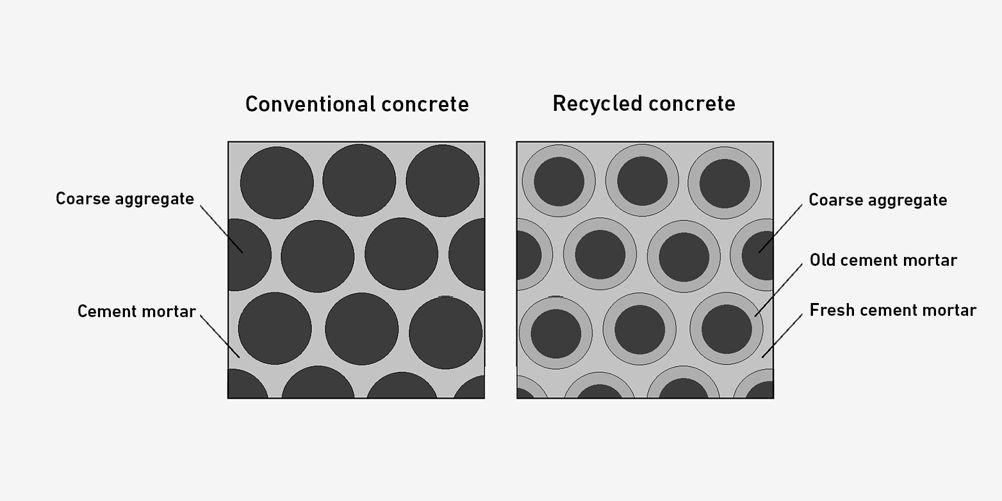Viacheslav Troian has just published a scientific paper on concrete recycling alongside co-authors from ETH Zurich and Gustave Eiffel University in Paris. For some time now, building materials engineers have been crushing concrete demolition waste and using it to produce fresh concrete. This can replace up to 50 per cent of the gravel or crushed stone required. According to Prof Troian, there is huge potential in the use of recycled concrete for the reconstruction of destroyed buildings and infrastructure in Ukraine.
More from Civil & Structural
“When we demolish buildings, the demolished materials end up in construction waste landfills; when we build new buildings with conventional concrete, we have to quarry a lot of new crushed stone,” he said. “If we could reuse at least some of the demolition waste, we would take up less landfill capacity and reduce crushed stone mining.”
As a father of four, Prof Troian was allowed to leave Ukraine as the conflict erupted. A chemical engineer specialised in concrete, he has 20 years of experience in the development of various forms of the material. Projects he has played a role in include developing the concrete mixtures for the sleepers for the Ukrainian railway, and the foundation of the safety confinement built around the damaged nuclear reactor in Chernobyl. Troian is currently working as a visiting researcher at ETH Zurich.
In the new study, the researchers show how to reduce certain disadvantages of recycled concrete with relatively little additional effort. Concrete with too much recycled content has lower load-bearing capacity and is less resistant to water, salts and the atmosphere. That means it has a shorter service life. In addition, recycled concrete has a higher tendency to crack than conventional concrete, which makes using it more of a challenge.

These disadvantages are due first and foremost to the fact that the surface of the crushed recycled material consists of old cement mortar, which absorbs liquid. To counter this problem, several methods have been developed in recent years to pretreat demolition waste, including prewetting it with water or treating it with heat, acid or microwaves. Despite these technical advances, recycled concrete will not be a panacea for all of Ukraine’s infrastructure woes when the war does finally draw to a close.
“We can’t rebuild in just a few years what it took decades to create,” said Prof Troian.
Instead, what can be repaired should be repaired, according to the professor. With this in mind, over the coming months he will be devoting his attention to the question of forecasting the remaining service life of old concrete buildings, using models developed at ETH Zurich.





First seven members join NG’s Great Grid Partnership
Agreed. It is all pretentious posturing and trite branding with no meaning or gravitas. Prepare to be disappointed by all of these greats/grates.